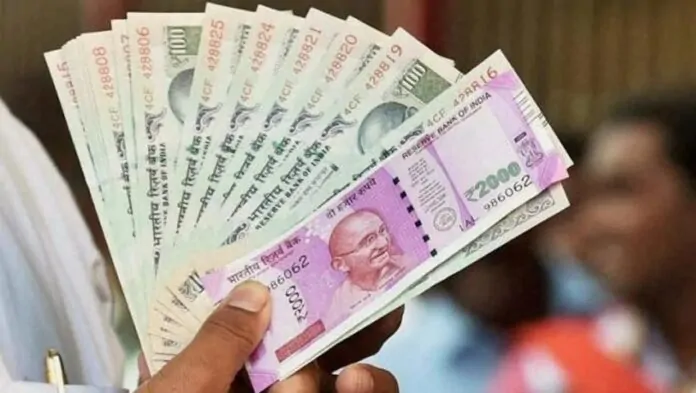
Interest rates of small savings schemes: The highest interest rate among post office schemes is available in Sukanya Samriddhi Yojana.
- Small savings schemes i.e. small savings schemes. These savings schemes have been started to promote savings among people. They are also called government savings schemes or post office schemes. These schemes are government-backed. Therefore, the risk in them is almost negligible. Generally, these schemes pay more interest than FD. The interest rate for these schemes is fixed by the government every three months. In most of these schemes, investors also get tax benefits.
Where is the highest interest being received?
Among the 13 small savings schemes, the highest interest is being received in Sukanya Samriddhi Account. 8.2 percent interest is being given in this scheme. The interest rate in Senior Citizen Savings Scheme is also 8.2 percent. At the same time, the lowest interest available in Post Office Savings Account is 4 percent. The interest rate in National Savings Certificate is 7.7 percent. After this, 7.5 percent interest rate is available on Mahila Samman Savings Certificate, Kisan Vikas Patra and 5 year TD. The interest rate on Monthly Income Account is 7.4 percent. After this, 7.1 percent interest rate is available in 3 year TD and PPF scheme. 7 percent interest is available in 2 year TD. The interest rate in 1 year TD is 6.9 percent. At the same time, the interest rate in 5 year RD is 6.7 percent. The lowest interest on post office savings account is 4 percent.
| Small Savings Schemes | rate of interest |
| post office savings account | 4% |
| 1-Year TD | 6.9% |
| 2-year old TD | 7% |
| 3-year-old TD | 7.1% |
| 5-year TD | 7.5% |
| 5-Year RD Plan | 6.7% |
| Senior Citizen Savings Scheme | 8.2% |
| monthly income account | 7.4% |
| National Savings Certificate | 7.7% |
| ppf scheme | 7.1% |
| Kisan Vikas Patra | 7.5% |
| Women honor saving circuit record | 7.5% |
| Sukanya Samriddhi Account | 8.2% |
keep inflation in mind
Investors should always keep inflation in mind in their investments. Invest money only in those investment options where the returns are higher than the inflation rate. If your money is invested in investment options with returns at or below the inflation rate, the value of your invested amount will decrease over time.
 look news india
look news india